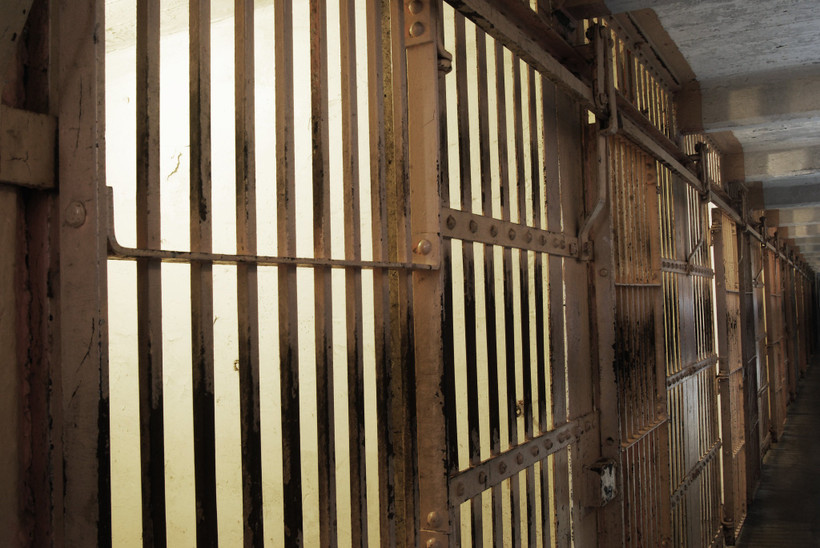Will New York allow incarcerated people to access treatment for drug addiction?
“People in prison deserve healthcare, and this is healthcare.” Legislators push to offer treatment for drug addiction in jails and prisons

“People in prison deserve healthcare, and this is healthcare.” Legislators push to offer treatment for drug addiction in jails and prisons

BEFORE YOU GO, consider: If not for the article you just read, would the information in it be public?
Or would it remain hidden — buried within the confines of New York’s sprawling criminal-legal apparatus?
I started working at New York Focus in 2022, not long after the outlet launched. Since that time, our reporters and editors have been vigorously scrutinizing every facet of the Empire State’s criminal justice institutions, investigating power players and the impact of policy on state prisons, county jails, and local police and courts — always with an eye toward what it means for people involved in the system.
That system works hard to make those people invisible, and it shields those at the top from scrutiny. And without rigorous, resource-intensive journalism, it would all operate with significantly more impunity.
Only a handful of journalists do this type of work in New York. In the last decades, the number of local news outlets in the state has nearly halved, making our coverage all the more critical. Our criminal justice reporting has been cited in lawsuits, spurred legislation, and led to the rescission of statewide policies. With your help, we can continue to do this work, and go even deeper: We have endless ideas for more ambitious projects and harder hitting investigations. But we need your help.
As a small, nonprofit outlet, we rely on our readers to support our journalism. If you’re able, please consider supporting us with a one-time or monthly gift. We so appreciate your help.
Here’s to a more just, more transparent New York.


They want to beef up the powerful but little-known State Commission of Correction.
Nantwi’s cellmate, the only incarcerated witness in the room as guards allegedly killed the 22-year-old, speaks out for the first time.
The legislature rejected Hochul’s central public safety policy priorities while embracing proposals to increase prison oversight.
Environmentalists have long charged that New York is falling short of its climate mandates. Now, they’re taking the state to court.
Mental health providers are scrambling to prevent mass layoffs and program closures, leaving advocates urging state leaders to step in before it’s too late.
Governor Hochul’s budget allocates only a fraction of what the state Board of Regents suggested for three state-owned Indigenous schools.
Longstanding perks like premium-free insurance could be at risk due to a city budget crunch.
The company used to help employers avoid paying for workers’ benefits. Now it’s slated to administer health insurance for tens of thousands of low-wage New Yorkers.
A legally mandated program to reimburse organ donors has languished since 2022. The health department now says it’ll fix that this year.